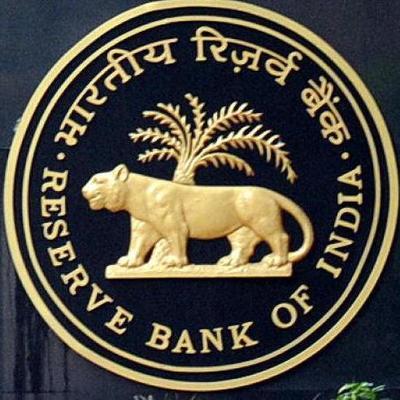The Reserve Bank of India’s monetary policy committee meeting from 29 September to 1 October is happening against the backdrop of a complex global economic and trade environment, disrupted by Trump tariffs.
Global growth and inflation environment will weigh on the MPC’s decision on 1 October. The global uncertainty with its implied risk was emphasised by US Federal Reserve Chair Jerome Powell when described the recent rate revision as “risk management cut.” Even though the dot plot indicated two more rate cuts by the Fed this year, Powell’s view was that it would be right to wait and see how inflation and labour market evolve.
The MPC is likely to follow somewhat similar line of “wait and watch” in the October policy decision.
The Indian macro environment after the last MPC decision has improved after the better-than-expected Q1 GDP print of 7.8%. The big fiscal stimulus in the Union Budget 2025 through income tax cuts is showing, albeit slowly, on India’s consumption demand.
The game-changing GST reforms has kicked off the festive season demand with an unprecedented spike in demand for automobiles. The demand for white goods is expected to follow suit. Lower prices for goods, along with the low-interest rate regime, has the potential to sustain the rising demand, going forward.
The postponement of consumption in September in anticipation of the GST rate cut might slightly impact India’s GDP growth in Q2, but Q3 GDP growth will be better than RBI’s forecast of 6.6%. If an India-US trade deal happens in the next two months, the growth momentum in the economy can be sustained.
Equally important is the inflation picture, which is turning out to be more favourable than anticipated. The August CPI inflation print came in at 2.07%. A low-inflation scenario can persist for some more time. India’s inflation rate is likely to fall much short of the RBI’s projection of 3.6%. Therefore, the MPC is well-placed to go for another 25 bps rate cut on 1 October.
The high US tariffs on China has disinflationary implications for the rest of the world, particularly other emerging markets. The Chinese excess capacity is pushing goods at low prices to other countries. This disinflationary scenario can last for an extended period of time.
But a weakening rupee will need RBI intervention and this will have liquidity implications. Therefore, given the highly uncertain environment, the MPC is likely to wait and watch how the situation evolves rather than rush-in with another 25 bps rate cut.
The MPC is likely to provide some relief to the exporters hit by Trump tariffs. The textiles, gems and jewellery and processed marine foods segments hit hard by Trump tariffs need relief, and the RBI is likely to step-in.
In brief, since the RBI has already front-loaded the rate cut in August with a 50 bps rate cut and has started injecting ample liquidity in the system, the MPC is likely to pause on 1 October. But since growth is hugely significant now, the language of the policy will be dovish. So, expect a ‘dovish pause’.
First published in Hindustan Times








